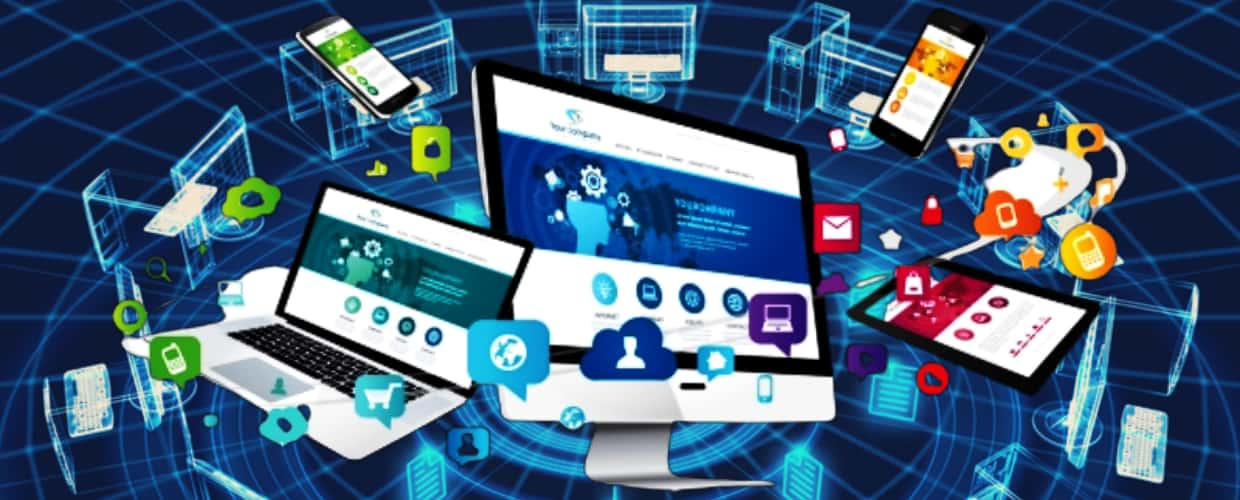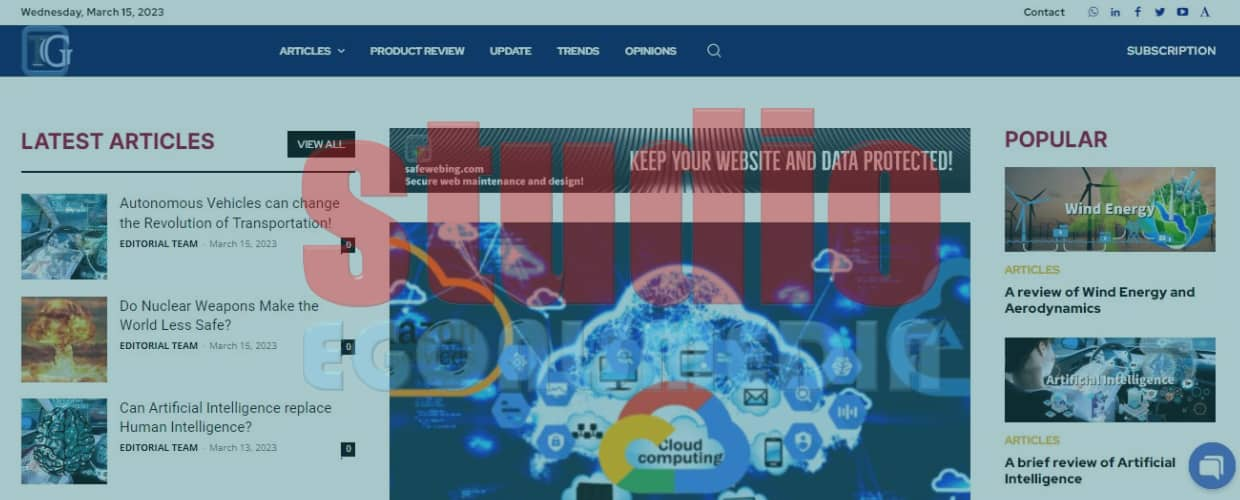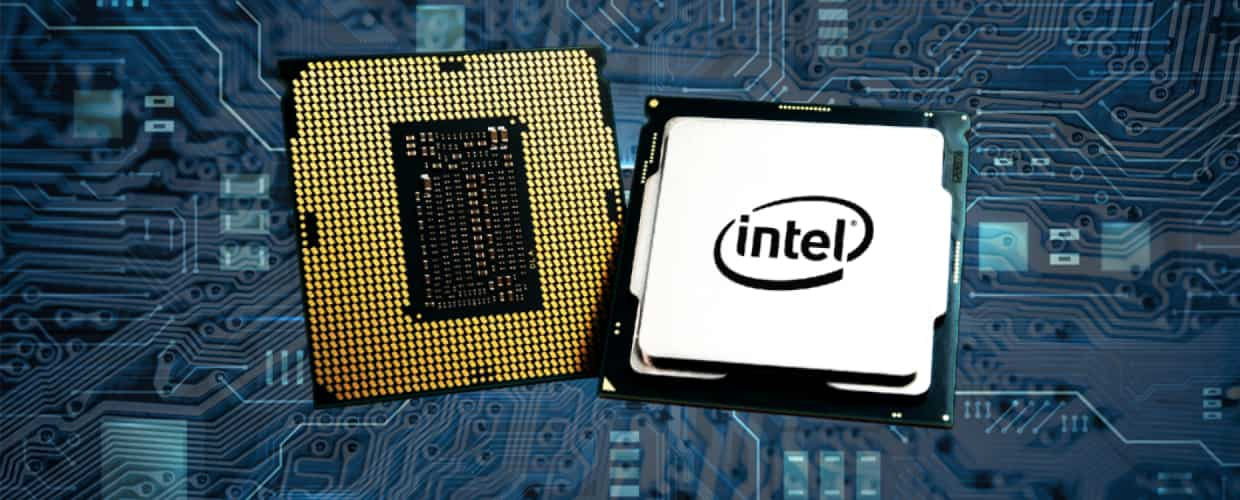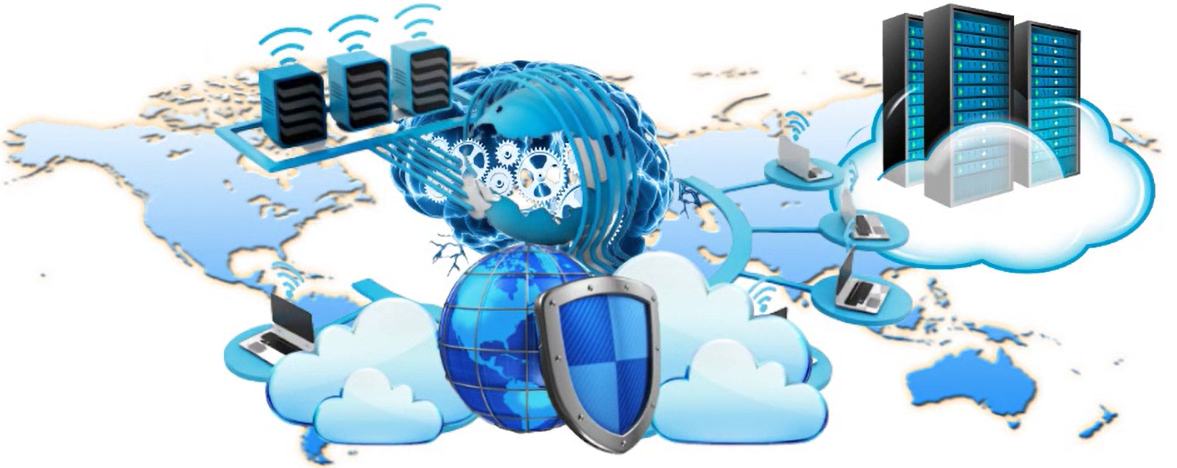Information technology has become essential for individuals and organizations looking to improve their operations, services, and products. This article discusses information technology, the history of information technology, and its importance.
What is information technology?
Information technology (IT) uses computers, software, networks, and other digital technologies to manage, process, and share information. It encompasses various applications, including computer hardware and software, Internet and networking technologies, database management systems, and other tools to store, retrieve, and transmit digital data.
Information technology is critical in almost every aspect of modern society, from business and commerce to education, healthcare, entertainment, and government. It has revolutionized how we work, communicate, and access information, enabling us to achieve greater efficiency, productivity, and innovation in various fields.
Some of the key areas of IT include programming and software development, database management and analysis, cybersecurity and network security, cloud computing, and mobile application development.
How does Information Technology Begin?
The history of information technology (IT) dates back to the early 1800s when Charles Babbage conceptualized a machine that could perform mathematical calculations. Over time, IT has become an essential part of our daily lives, impacting everything from how we communicate to how we work, shop, and even socialize.
Early Age
Information technology began with the first mechanical calculator invented by Blaise Pascal in 1642. His machine, the Pascaline, was a rudimentary calculator that could perform simple arithmetic calculations. Other inventors soon followed, including Gottfried Wilhelm Leibniz, who invented a more advanced calculator for multiplication and division.
Charles Babbage developed the concept of a programmable machine. His Analytical Engine, invented in 1837, was designed to perform any calculation that could be done by hand. Although it was never completed during Babbage’s lifetime, his design laid the groundwork for modern computers.
Middle Age
The first electronic computer was the Electronic Numerical Integrator and Computer (ENIAC), built in 1945. It was a massive machine that occupied an entire room but could perform complex calculations much faster than any human.
Over the next few decades, computers became smaller and more affordable, eventually leading to the development of the personal computer. In 1975, the Altair 8800 was released, the first commercially successful personal computer, and it was followed by the Apple II in 1977 and the IBM PC in 1981.
The Internet has its roots in the ARPANET, developed by the Department of Defense of the United States in the late 1960s. It was a network of computers designed to communicate with each other during a nuclear attack. Over time, the ARPANET evolved into the Internet, a vast network of interconnected computers that allows people worldwide to communicate and share information. In 1990, the World Wide Web was invented by Tim Berners-Lee, which made it easier for people to access information and communicate online.
Modern Age
Today, information technology continues to evolve at a rapid pace. Mobile devices like smartphones and tablets have become ubiquitous, allowing people to stay connected wherever they go. Cloud computing has also become increasingly popular, allowing people to store and access data from anywhere with an internet connection.
Artificial intelligence (AI) and machine learning also play a significant role in modern IT. These technologies are used in everything from voice assistants to self-driving cars and advanced medical diagnostics.
Why is Information Technology Important?
Information technology (IT) has revolutionized living, working, and communicating. Some of the key reasons IT is so important are given below.
Access and Efficiency
Information technology has made accessing information and knowledge easier, empowering them to learn and develop new skills. It leads to greater efficiency and productivity by automating routine tasks and reducing time and effort, which can help organizations achieve more with fewer resources.
Communication Collaboration
Information technology has enabled people to communicate with each other more easily and efficiently, regardless of their location. It has facilitated the growth of remote work and virtual teams, allowing organizations to access talent worldwide. IT enables people to collaborate more effectively.
Improved Decision-Making
Information technology provides organizations with access to data and analytics that can be used to make better-informed decisions. It can help organizations to identify opportunities, manage risks, and optimize their operations.
Increased Innovation
It has led to the development of new products, services, and business models, enabling organizations to innovate and stay ahead of the competition. It has profoundly impacted education, allowing people to learn anytime, anywhere, and at their own pace.
Conclusion
The history of information technology is long and complex, but it has profoundly impacted the world we live in today. IT has transformed how we live, work, and communicate, from the first mechanical calculators to modern smartphones and AI-powered devices.
NOTICE: Visit TechGolly.com to stay informed about technology news, discussions, trends, advice, opinions, directories, markets, Investment Potential, insights, facts and views, insightful analysis, tech observation, and wisdom reflections. TechGolly covers a wide range of the latest technology news, including business news, product news, stock market news, future tech news, and research news. In addition, visit SoftwareAnalytic.com for software reviews, vendor reviews, software in-depth, and opinions. SoftwareAnalytic covers various software, including Accounting Practice Management, Business intelligence, Customer Relationship Management, Cyber Security Solutions, Data Management Platforms, Data Visualization Tools, Enterprise resource planning, Governance, Risk & Compliance, Human Resource Management, Sales Intelligence, Subscription Management, and Supply Chain & Logistics.



















